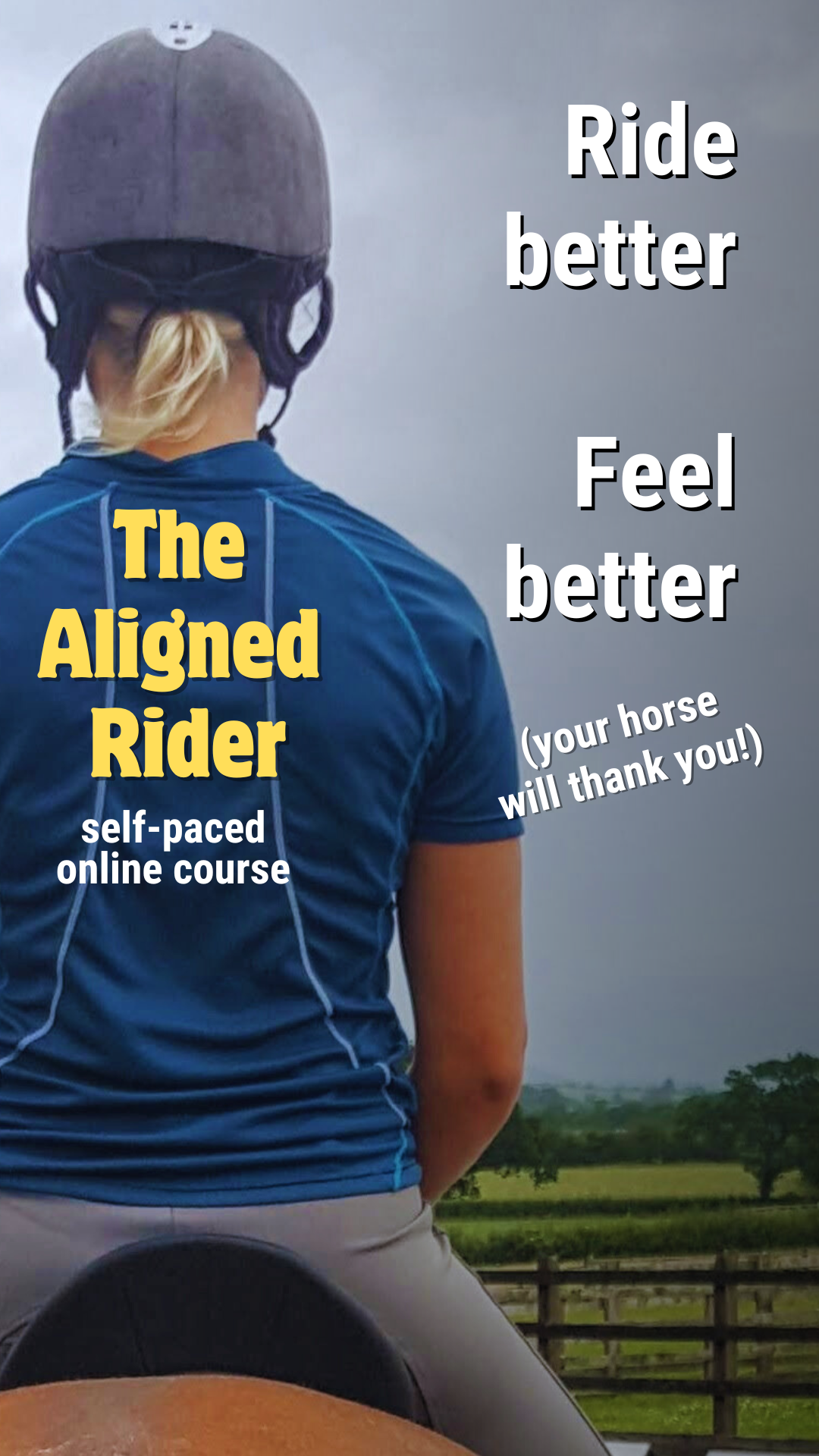(Image by Jan Lasota from pixabay)
Riding correction - root cause or a symptom of it?
Often where your body visually appears to be having difficulties and the area you repeatedly struggle with. The reason you're so stuck is that this isn’t the root cause your trying to correct it’s the end of a pattern of change.
Here are a few examples;
Lower leg control - hips
Rein contact - whole body balance
Hand control - shoulder
image: the idea of order
Developing feel in your riding corrections
You may struggle to perform certain riding movements. And feel your proprioception (perception or awareness of the position and movement of the body) is playing tricks on you. Your trainer is trying to help you, but when you attempt to place yourself where your trainer instructs it feels like you're in outer space, you can’t connect with this area or maintain it. And quite frankly, wonder if your trainer is actually looking at you!
Let's picture this: You're in a riding lesson, gearing up for a movement you find challenging. As you begin, you realize you're a bit out of sync. You throw yourself into it, forgetting to breathe (kind of important, right?). Suddenly, your face turns into a variety of expressions as muscles you never knew existed start contracting. Sound familiar?
How can this be so hard? Proprioception is a diva. Even if it’s a subtle correction, you're trying to master it will feel a lot harder than you believe it should.
Why does this happen, and what is it telling us? Well, it highlighting the areas you're not connected to through their unbeknown to you lack of use in your everyday life. Your riding difficulties and habits aren’t by chance. You crafted them in your everyday movements and you bring that posture to the saddle where they are highlighted.
Correcting your riding position
The body is highly adaptive. It will try its best to keep you moving (necessary for survival) but not necessarily in a way that is beneficial to you. Muscles adapt to their most frequented use patterns, how you do and don’t use them! And bone remodels and adapts to the stresses and strains placed upon it.
Traditional riding corrections promote displacing and holding body parts in fixed positions, which are very difficult to maintain. To match a visual goal, but this isn’t a functional riding position. A connected baseline that you can move in and out of.
Natural alignment is where your body can work together and correctly. In the greatest display of teamwork ever! You need to do a variety of movements out of the saddle to develop your body to adjust to the muscle activity, balance shifts, joint repositioning and co-ordination unique to riding. For example, you could be dominant with one hand when you ride. But remember, there is a whole highway of body leading to that hand. There will be changes across your whole body. Riding issues need to be addressed in a whole body, not parts way, as they don’t work in isolation.
Riding correction difficulties - Why is riding such an art?
Because it is a combination of two different mammals, coming together in a balancing act of movement, from both a physical and psychological perspective. And is unlike anything we do in our everyday life. It’s layered you never stop learning, but we as rider’s need to work on ourselves out of the saddle to help the horse as they can only move and their body develops around where the riders body allows. Imagine how you could speed up your riding progression through using your body in an improved way in your daily life…. And this would help your body, (unrecognised concept for many equestrians!) balance, body awareness too. I see you taking care of your horse but not yourself.
“You’re not working on the horse, you’re working on yourself”
Slow riding progression? five things to consider:
Prey vs Predator- (we think differently, predator is riding prey)
Biped vs quadruped- (move differently)
Learn differently- (Foal born neurologically complete, Baby learns skills slowly)
See differently- (horse has approx. 350 degrees of monocular vision)
Hear differently-(horse can hear in different ranges than the human ear)
One good habit to get into when riding when things aren’t going as planned is to reflect on yourself. Am I communicating clearly and allowing the horse time to react? What is my body telling the horse? What is happening in this situation? And horses like us have off days. Sometimes it’s better to go off on a hack!
Riding well requires attention to detail, concistency, patience and focussing on both your own and your horse`s body. A silent conversation between body and mind, between you and your horse, and that my friends, is why we LOVE RIDING.
Enjoy this blog? Would you like to transform your riding position, balance, and body awareness and help your body and horse by restoring your alignment? Join me on my “Aligned Rider” course, as I guide you through easy-to-use strategies, and transformative insights which take very little time to sprinkle into your day.





